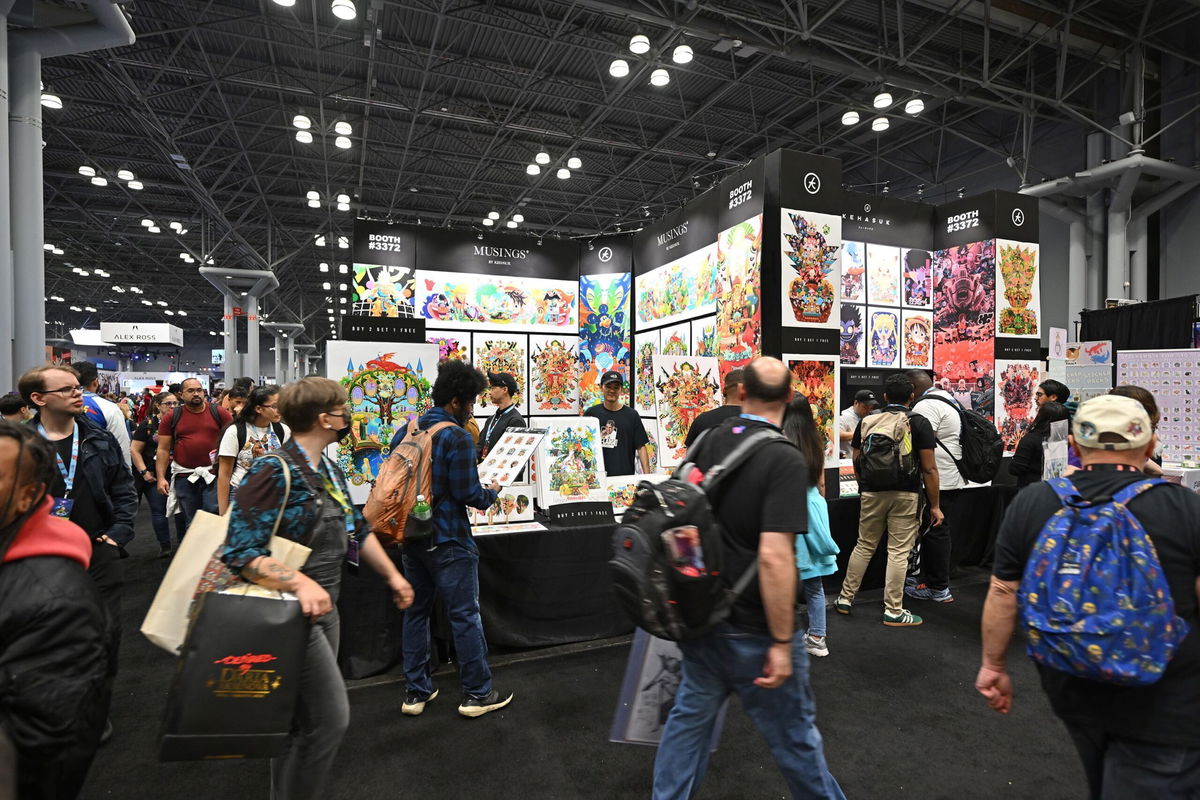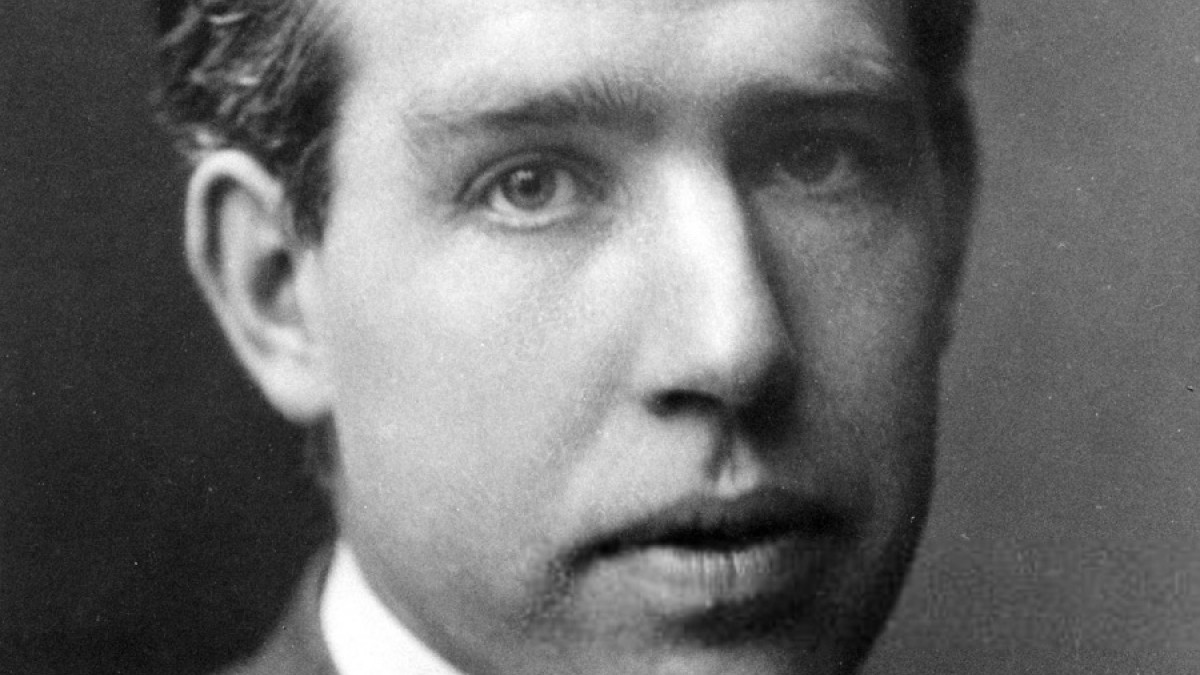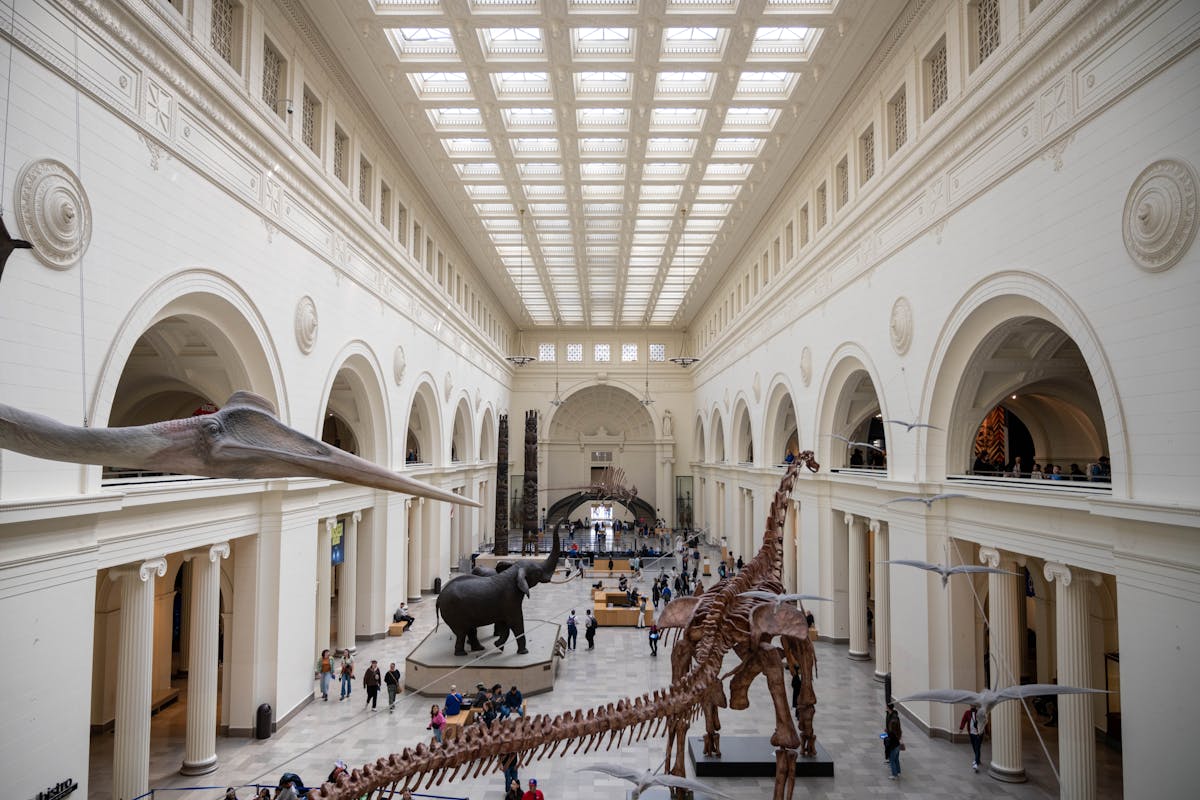The comic book industry, a cornerstone of popular culture and creative expression for nearly a century, has weathered numerous crises throughout its history. From censorship battles to economic downturns, this resilient art form has repeatedly found ways to reinvent itself. However, a new challenge looms that some creators believe could fundamentally change, or even jeopardize, the future of comics: the rise of artificial intelligence (AI) in art and storytelling.
As AI technologies grow more sophisticated, they are increasingly capable of generating images, narratives, and even entire comics with minimal human input. While some see this as an opportunity for innovation and democratization within the industry, others warn that it could displace artists, diminish the value of original artwork, and erode the human connection that has made comics a beloved medium for generations.
The tale of the comic book industry is one of adaptation and perseverance. During the 1950s, it was shaken by a moral uproar concerning comics that featured violence and horror, resulting in the creation of the Comics Code Authority and a time of strict censorship. In the 1990s, the sector almost crumbled again due to speculative investments and the bursting of the comic book bubble. On each occasion, the industry adjusted, introducing fresh voices, genres, and formats to ensure that the medium remained vibrant and significant.
Today, the challenge is not due to regulations or economic factors; it’s driven by technology. AI-driven tools are capable of creating art that imitates the techniques of famous artists, writing conversations, and even crafting complete comic strips. This situation leads to fundamental questions about the place of human creativity in a field that has been historically characterized by meticulous artistry and individual expression.
For numerous creators and authors, the concern extends beyond job loss, focusing instead on the erosion of genuineness. Comic art has traditionally been an intimately personal medium, with artists employing panels and pages to express feelings, political viewpoints, and societal critiques. The apprehension is that AI-produced material, which frequently depends on data collection and algorithmic reassembly, might miss the richness, subtleties, and inventiveness that human artists contribute to their creations.
Some creators assert that AI technology may be beneficial when applied thoughtfully. For example, it can help in generating ideas, enhancing colors, or quickly completing monotonous tasks, thereby enabling artists to dedicate more time to the imaginative elements of their work. However, ethical issues remain, especially when AI systems are developed using the artwork of contemporary artists without approval, payment, or acknowledgment. The legal systems have not yet adapted to the swift progress in AI, exposing creators to potential misuse.
Besides the artistic matters, there are economic impacts on the comic book industry. Independent creators, minor publishers, and freelancers who currently experience financial instability might struggle even more to compete if AI-generated content saturates the market. While reduced production expenses and quicker completion times could advantage publishers initially, what will be the long-term effect on the industry’s creative authenticity?
The impact of AI is not confined to artists alone. Writers, too, face uncertainty as AI models become increasingly capable of producing narratives. While current AI-generated stories often lack coherence or emotional resonance, improvements in natural language processing suggest that even the scriptwriting aspect of comics could one day be automated to some degree.
Although some worries persist, a lot of people in the industry still have optimism. After all, comics have endured major changes in the past. The essential factor, some believe, is to adopt technology as an aid instead of a substitute. Collaborative frameworks where artists and AI systems cooperate may introduce fresh creative avenues, merging classic storytelling with modern digital advancements. This method could aid in preserving the essence of comics—the distinct voice and perspective of each creator—untouched.
There is an increasing surge to safeguard the rights of creators in today’s digital era. Advocacy organizations, legal specialists, and creative bodies are asking for more defined directives regarding the application of AI, especially in relation to intellectual property rights and ethical norms. Certain platforms have already initiated actions to prohibit or limit artwork generated by AI, addressing the apprehensions of their users.
For enthusiasts of graphic novels, the investment is just as significant. Followers have always valued the personal bond they sense with those who create their beloved narratives and figures. Be it the detailed drawings of a favored illustrator or the unique wit of a specific author, it is that personal element that distinguishes comics from other entertainment genres. Maintaining this genuineness is vital not only for the creators but also for the fans who consistently back them.
The broader cultural implications of AI in comics also deserve attention. Comics have often served as a mirror to society, addressing themes of justice, identity, and resilience. They have given voice to marginalized communities, introduced groundbreaking characters, and shaped global pop culture. If AI-driven content becomes dominant, there is a risk that the diversity of voices and perspectives that makes the medium so vital could be diminished.
Para enfrentar este futuro incierto, numerosos expertos del sector recomiendan educación y adaptabilidad. Aprender a utilizar herramientas de inteligencia artificial de manera eficiente, comprender sus limitaciones, y mantener fronteras éticas podría empoderar a los artistas en lugar de ponerlos en peligro. Algunos creadores ya están probando con la inteligencia artificial como parte de su proceso, buscando formas de combinar tecnología sin perder su originalidad.
En paralelo, existe una oportunidad para promover una mayor valoración de los cómics hechos a mano e independientes. A medida que el contenido generado por inteligencia artificial se vuelve más común, los lectores podrían buscar con más frecuencia obras que reflejen la experiencia humana y la pasión artística. Apoyar a los artistas locales, a las pequeñas editoriales y a los proyectos propiedad de sus creadores puede ayudar a mantener la diversidad y la riqueza del panorama de los cómics.
Ultimately, the comic book industry stands at a crossroads. The rise of AI presents both risks and opportunities, and how creators, publishers, and audiences respond will shape the future of the medium. By valuing creativity, upholding ethical standards, and embracing innovation thoughtfully, the industry can continue to thrive without losing the essence that has made comics a beloved art form for decades.
The fears surrounding AI are not without merit, but history shows that comics are remarkably resilient. From the colorful pages of superhero adventures to the intimate storytelling of graphic novels, the medium has continually reinvented itself in response to new challenges. With careful navigation, the current AI disruption may become another chapter in the long and storied evolution of comics—one that strengthens rather than weakens the bond between creator and reader.




